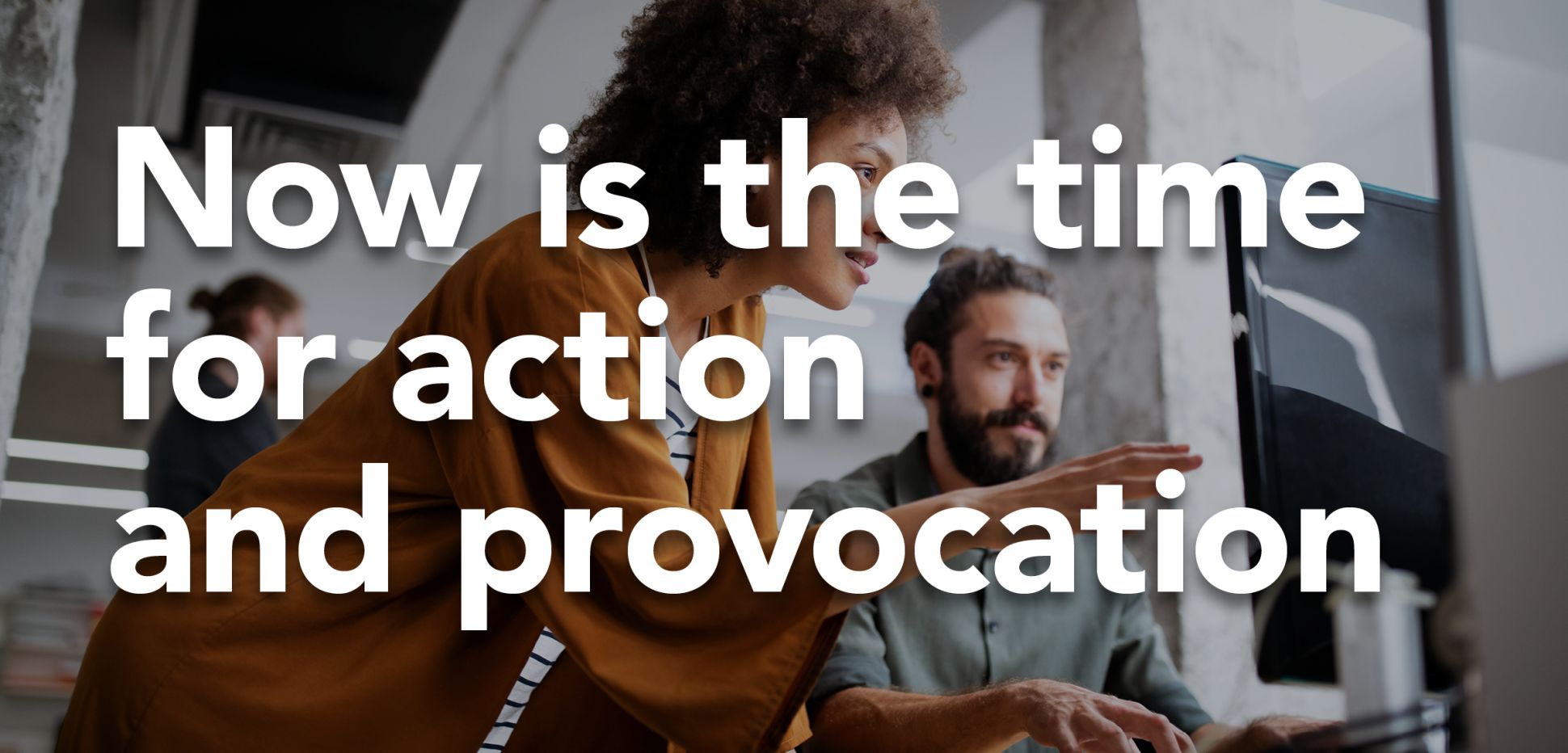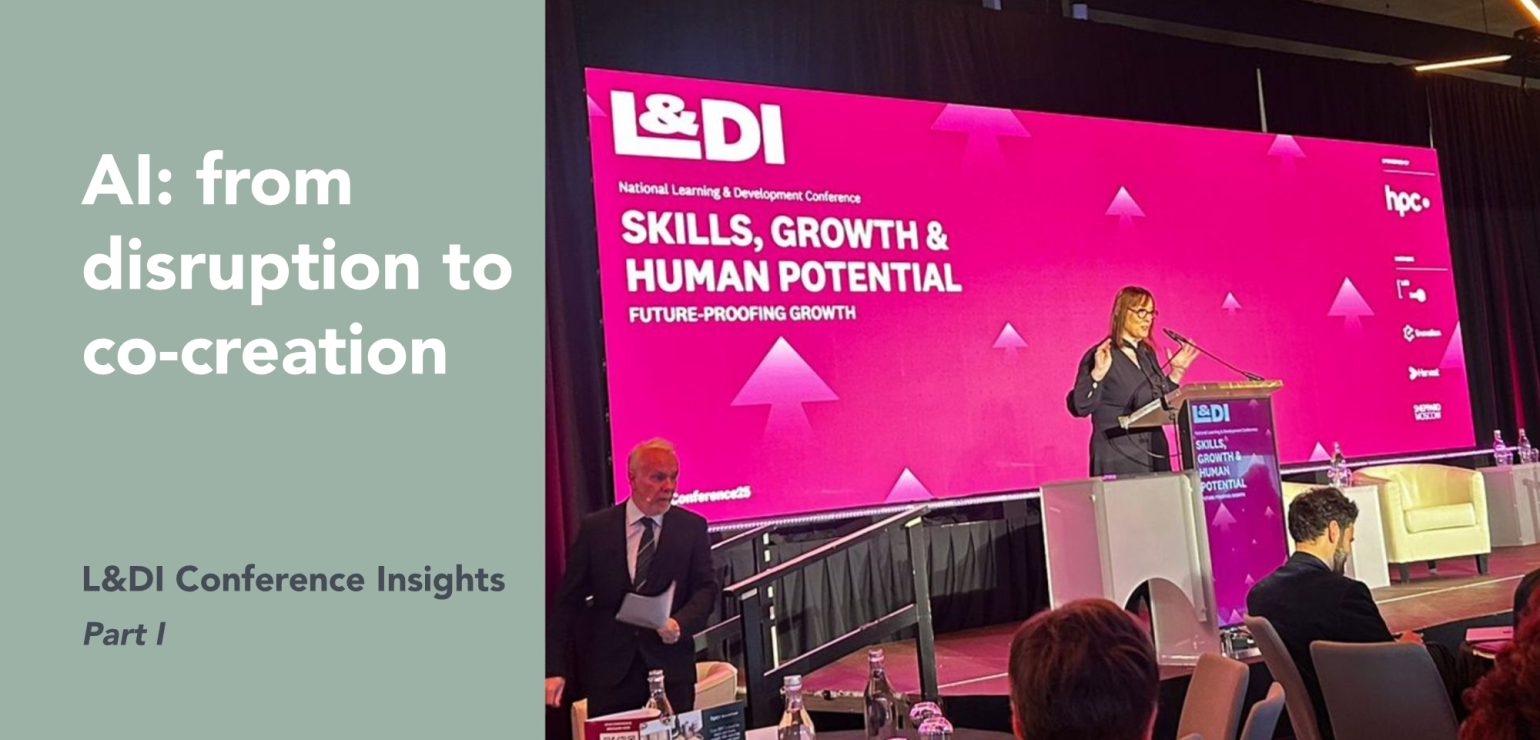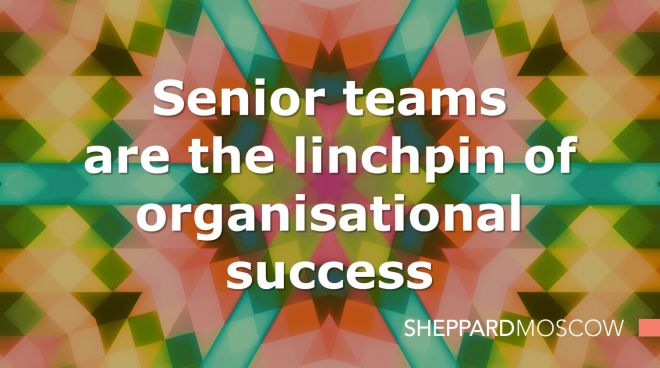Female Leadership, at the edge of difference

In late spring we hosted over 40 leaders to discuss the topic of ‘Female Leadership, at the edge of difference’. This is part of our Conversation Series discussions, where leaders discuss, debate and connect around some of the key challenges facing organisations and critical to leaders, teams and cultures.
We share some takeaways from that conversation in terms of ‘Where we are’, ‘Where we are going’, and ‘What we can do’ ...
Where we are
We heard that we have come a long way and that there is now a huge groundswell of pressure to improve diversity and inclusion (D&I), with D&I being pushed by Boards and ESG (environmental, social and governance) investors alike – and the #metoo and #blacklivesivesmatter movements have increased pressure further. Yet many of the participants found it frustrating to still have to be making the ‘business case’ for D&I. Our conversations noted some very real and concerning barriers to achieve equality and inclusion for female leaders:
- It is still not clear what really makes the difference and shifts the dial
- Boards and organisations are too often focused on numbers rather than felt experiences
- There’s still a focus that inclusion is an issue for women; but it’s actually for all of us to solve
- Women are still being asked to ‘bend themselves out of shape’ to make it easier for men to accept their inclusion, and the persistence of antiquated attitudes is worrying
- We still struggle with women dropping-off at middle levels and with feeding the high-potential pipeline
Yet we know that there is great female talent out there and tipping points can be created as we increase female representation on teams. By sticking to some of the more mundane and everyday things, we can continue the momentum in small ways – such as unambiguous targets, tracking, training, no ‘crisis’ exceptions to protocols, early promotion of younger women (as opposed to the all-too-common opposite!).
Where we are going
One of the biggest topics to surface is the idea of ‘a new spirit of inquiry’. This delves into what kind of culture we want and how we get it, but further still into ‘how do we make it possible for women to be able to show up as leaders and be true to themselves in organisations?’ This spirit of inquiry asks for us to go out and question what young women (and men) want in the future, and look at what has already enabled female leaders to succeed and break through.
This spirit of inquiry also leads to a new organisational energy, mindset and collaboration – which pulls people in and encourages conversations with kindness and a non-judgmental mindset. Fundamentally it is not about asking women to bring about the change, or even men; we must focus together on getting cultures to change. This will bring a sense of ownership and system change that drives accountability and changes in mindset, behaviour and felt experiences – not fixes or just a focus on numbers.
This inquiry has to be experimental and has to be analytical, exploring what really makes the difference. At the same time, we can use leadership development to help leaders break out of the mental templates that are so deeply encoded in the way we organise our businesses.
What we can do
As one leader participant in our conversation pointed out, the confluence of #metoo, #blacklivesmatter, and the global pandemic has created the perfect storm, and now is the time for action and provocation.
- Keep putting in the hard yards on removing practical barriers by developing policies that embrace the reality of the world we live in (caring for children and parents, achieving work / life balance, understanding difference)
- Provide visceral, felt experiences for existing leaders to experience what otherness is like, and upgrade our leaders’ cognitive abilities to deal with the complexity of D&I
- Ask ourselves hard questions about what culture is really being nurtured and role-modelled in our organisations
- Deliberately hire people who don’t ‘fit’ and then take steps to mitigate the risk or organ rejection
- Change culture one conversation at a time, and give attention to what needs to be done, from getting language right to challenging assumptions
- Use our diversity to further our efforts at diversity and inclusion
- Build on the humanisation we began in Covid to help promote equality, such as showing vulnerability, and retain the best bits of working from home to experience our way into a new future world of hybrid work
Do you agree? Are there other interventions and work to be done? We'd love to hear from you. Please reach out to the authors: Tsheli and Johnny.
Here are some related articles too:
Watershed moment for women in the workplace?
Challenging biases and norms

 Johnny Kelleher
Johnny Kelleher  Tsheli Lujabe
Tsheli Lujabe 
 Aoife Keane
Aoife Keane 
